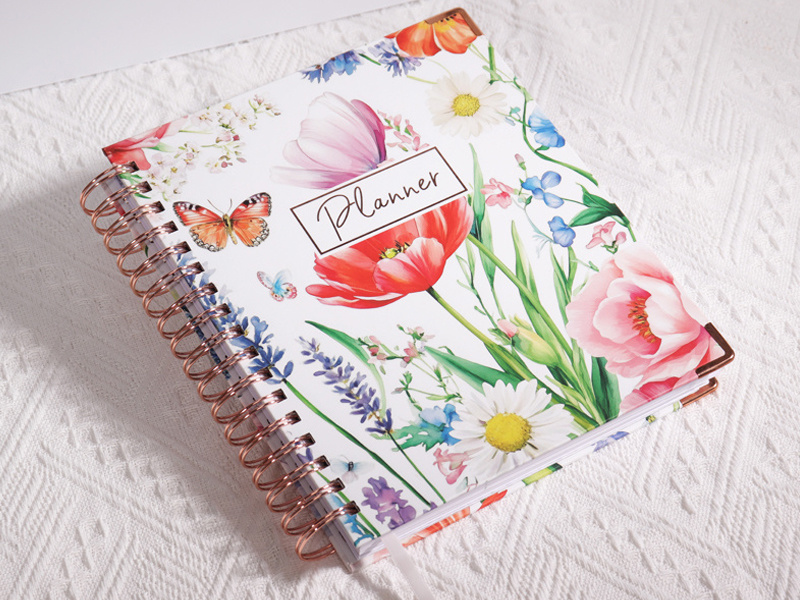Green Upgrade in Book Printing, Environmental Technologies Drive Sustainable Industry Development
Book printing has significantly reduced environmental pollution through the application of green technologies such as alcohol-free printing, waste paper recycling, and VOCs recovery.
Aug 20,2025

Driven by the "dual carbon" goals, the book printing industry is reconstructing the entire industry chain from paper production to waste recycling with green technologies as the core, realizing a new paradigm of "printing as environmental protection".
Carbon reduction technologies in the production link are the most critical. Alcohol-free printing technology replaces traditional alcohol dampening, reducing alcohol usage by 95% (traditional printing consumes 10 liters of alcohol per 10,000 sheets), while reducing VOC emissions, improving air quality in printing workshops by 60%; the application of UV-curable inks eliminates the drying link of traditional inks (requiring high-temperature heating), reducing energy consumption by 40%, and the ink releases no harmful substances after curing, suitable for children's book printing. After adopting alcohol-free + UV processes, a textbook printing factory reduced annual carbon emissions by 2000 tons, equivalent to planting 100,000 trees.
Paper recycling forms a closed loop. Printing enterprises cooperate with publishers to establish "old book recycling programs". Recycled old books, after classification (removing plastic covers and metal nails), are sent to recycled paper mills to make "book recycled paper" (80% whiteness, suitable for text printing). Every ton of recycled old books can save 3 cubic meters of wood. Currently, the utilization rate of recycled paper in primary and secondary school textbooks has reached 30%, and it is expected to rise to 50% by 2030, reducing annual wood consumption by 1 million cubic meters.
Environmental certification systems are accelerating industry standardization. FSC (Forest Stewardship Council) certified paper ensures it comes from sustainably managed forests; green printing certification requires enterprises to have wastewater discharge COD ≤80mg/L (traditional printing often reaches 150mg/L) and noise ≤65 decibels. Consumer preference for eco-friendly books is also increasing, with children's picture books marked "green printing" selling 25% more than ordinary ones, prompting publishers to prioritize eco-friendly processes.
In the future, bio-based inks (made from algae and straw) will further reduce reliance on petroleum resources; the "on-demand production" model of digital printing (reducing over-printing) combined with blockchain traceability will enable full tracking of book carbon footprints, making green printing from "technical choice" to "industry standard".





